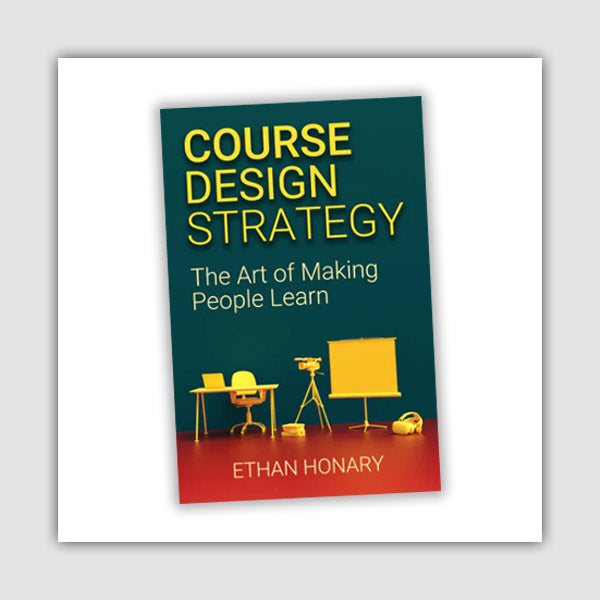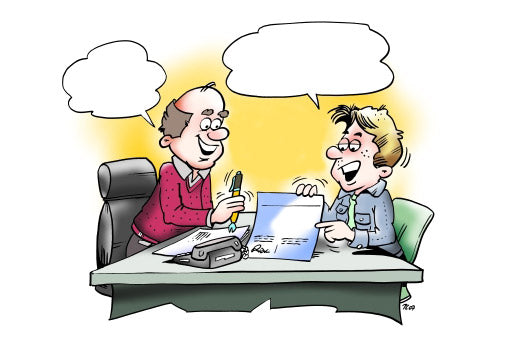Purpose
In the 21st century world, we often need to be creative when solving problems especially with the constant need to stand out in today’s crowded markets. Being creative is therefore a very useful skill.
Much like any other skill, creativity is something you can get better at by following a proven structured approach and by practicing. The more systematic the method, the easier it is to practice and master it.
In the past few decades, there has been much progress on creative thinking. The researches on this topic has led to some great insights. It is now well known that resting the brain after intense periods of thinking and problem solving can significantly boost creativity. Many thinkers and experts such as Edison, Einstein and Salvador Dali have utilised this technique to great benefit. The question is how you should go about this to maximise the benefits.
The idea of resting the brain is about silencing your conscious thought (CT) in order to unleash the power of your unconscious thought (UT). That conscious thought, however, must get engaged enough at some point for this whole thing to work.
If you are a trainer or are in a position of teaching any subject, you will inevitably be giving your learners some problems to solve. Problem solving often requires creative thinking. You and your learners can use the 6-Step Problem Solving Technique described here to strengthen your creative thinking. It is designed to help our minds work at peak performance.
Step 1: Prime Your Mind
- Work intensely on the problem.
- The aim of this stage is to maximise rule-based reasoning.
- Gather and process as much data as you can. Consider the following tools:
- Read books, papers, articles
- Sketch and visualise
- Gather all design choices, solutions or options
- Do a mind map
- Create decision trees
- Conduct trade-off analysis or use other decision-making tool
Step 2: Release and Expose
- Release yourself from thinking effort by doing something completely different.
- Let yourself be lightly exposed to other areas.
- Feed your mind with a diverse set of ideas not necessarily related to what you were investigating. Examples are:
- Visit a design museum
- Visit an art gallery
- Go to a library and flick through a variety of magazines, especially those you have never looked at or even heard of before
- Randomly browse the net and explore new territory
- Browse through coffee table books
- This step should be a light activity. You are not after finding a solution to a specific problem. Let your mind wander and create associations on its own.
- Allow yourself to take advantage of serendipitous discovery.
- You can do some of the above, such as reading, while commuting or waiting.
Step 3: Change Perspective to a Person
- Go back to the problem and think about it again.
- Integrate whatever new ideas you have come up with into your notes. This acts as warm up for this step.
- Change your perspective to another person and see how that person would have approached the problem.
- For example, put yourself in the position of:
- An artist
- A lawyer
- An engineer
- A friend
- Your father/mother
- A role model (dead or alive)
- A child
- The devil’s advocate (just to see it from the opposite point of view)
Step 4: Play
- Having worked on the problem, take a fifteen minutes break.
- Watch or read something funny.
- Don’t switch subjects to another difficult problem just to have a break from the current one. It is supposed to be play time.
- Be careful that this step doesn’t lead to procrastination. You don’t want to avoid solving the problem by engaging in some other replacement activity, whether that activity is having fun or is another important task. You need to be disciplined. Use will power (and may be some sugar in the form of 80%+ dark chocolate) to push through difficult parts.
Step 5: Change Perspective Across Fields
- Think of another field to create an association between two fields. To do this, apply the “is like” rule; “A is like B”. Think how the problem is solved in the second domain and how you can apply it to your own domain.
- The two domains need to be equivalents so that the is-like statement makes sense and can lead to new associations. You don’t want to turn this into some pub-quiz entertainment.
- Example:
- “Getting more people to buy products online is like a plumber wanting to get local business.”
- “Designing shoe cushioning is like designing a mattress.”
Step 6: Exercise Your Idea Muscle
- Once you have solved your problem, don’t wait until another problem comes up before you exercise your creativity skills again. Keep generating ideas, about anything, to exercise your creativity and problem-solving skills.
- The aim is to stay mentally fit. Like a muscle, creativity gets better by exercising it. Turn yourself into an ‘idea machine’ by constantly engaging in creative thinking, not just in your field, but in any area. It is just like lifting weights in a gym. With those strong muscles you can perform better in any sport. Engaging in small scale creativity exercises or coming up with ideas in other fields helps you become better at generating creative ideas.
Soft Skills Training Materials
Get downloadable training materials
Online Train the Trainer Course:
Core Skills
Learn How to Become the Best Trainer in Your Field
All Tags
Training Resources for You

Course Design Strategy
Available as paperback and ebook

Free Training Resources
Download a free comprehensive training package including training guidelines, soft skills training activities, assessment forms and useful training resources that you can use to enhance your courses.

Our Comprehensive Guide to Body Language

Train the Trainer Resources
Get Insights - Read Guides and Books - Attend Courses
Training Materials
Get downloadable training materials on: Management Training, Personal Development, Interpersonal Development, Human Resources, and Sales & Marketing














Leave a comment
All comments are moderated before being published.
This site is protected by reCAPTCHA and the Google Privacy Policy and Terms of Service apply.